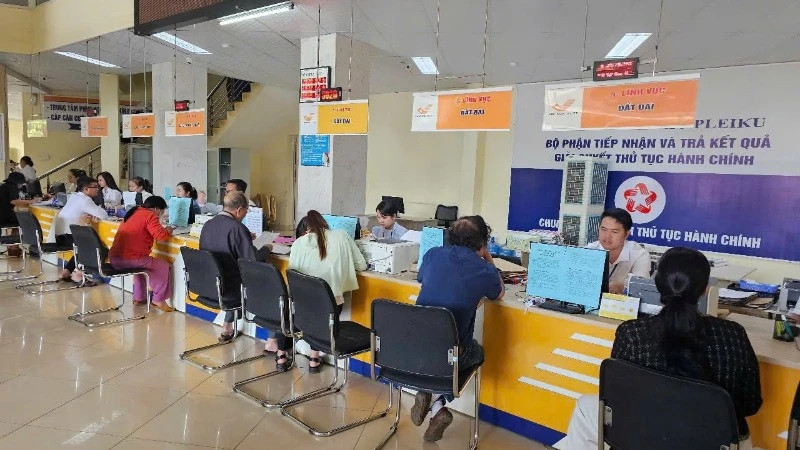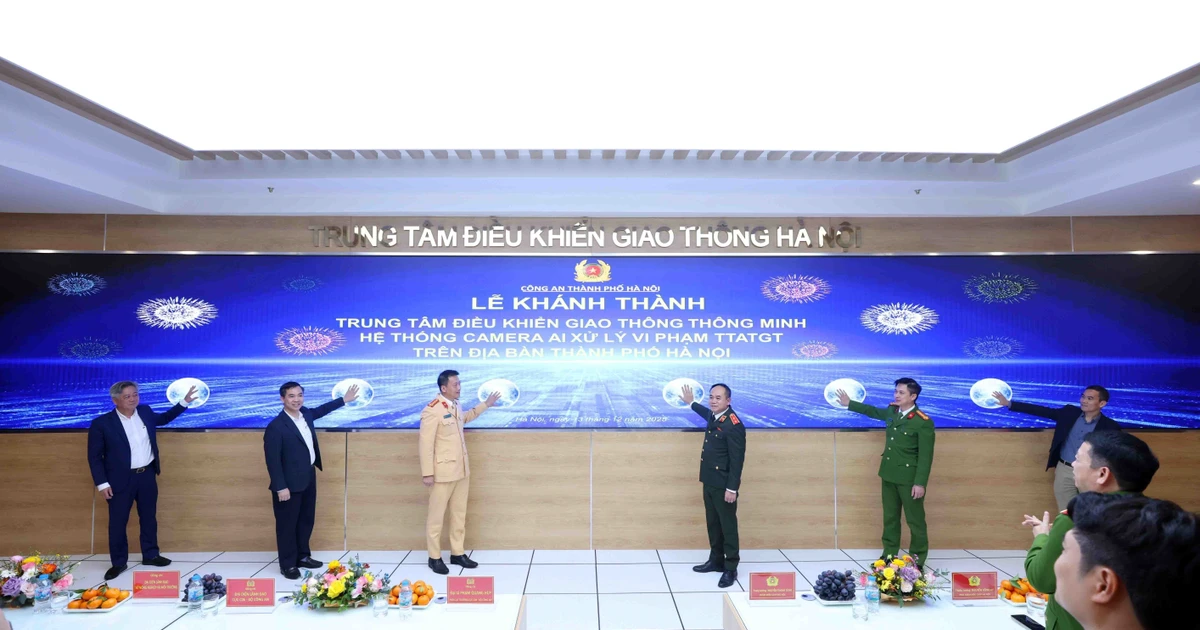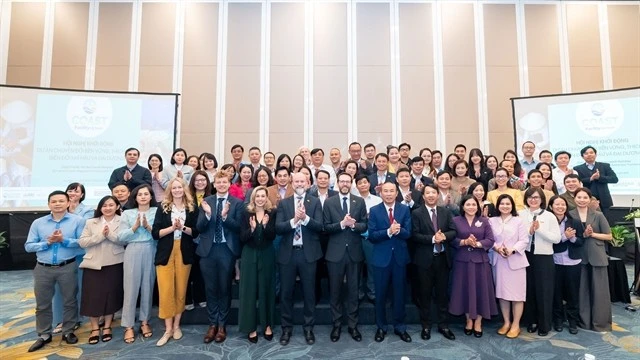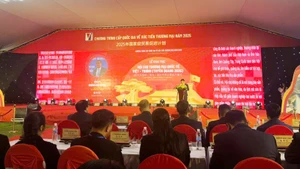Part 2: Towards “borderless” public services (continued and concluded)
Nguyen Quang Dong, Director of the Institute for Policy Studies and Media Development, believes that digitalisation in administrative procedure reform—aimed at a “borderless” administration—must meet a range of conditions, including data readiness, streamlined administrative processes, clear delineation of administrative authority, and careful planning of components involved in the “borderless” transaction environment.
However, the most critical issue remains the awareness and political will of leadership. The key question is whether the leaders genuinely want to implement reforms and whether they are willing to put aside sectoral interests for the broader benefit of society. Only then can administrative procedures be trimmed down, redundant steps eliminated, and unnecessary demands or bureaucratic interference reduced.
During the drafting of legal documents, common standards for various types of licences must be established to prevent uncontrolled issuance. When Vietnam is disadvantaged by tariffs, these should be offset by improving the business environment.
A streamlined administrative system that is fast and cost-effective will help improve the business climate, thereby facilitating both domestic enterprises and foreign investors. Currently, 95% of procedures related to administrative tasks are regulated by central authorities.
There needs to be tight coordination between ministries, agencies, and localities to establish the most accurate procedures for handling public administrative services in a digital environment. Clear criteria should guide which services are brought online, especially for full-process digitalisation. Rather than digitising all procedures at once, efforts should focus on approximately 80 priority groups that generate the highest volume of paperwork.
Le Viet Hai, Chairman of the Ho Chi Minh City Association of Construction and Building Materials (SACA), stated that to make administrative reform effective, transparency must be increased and corruption reduced. He advocates for a public administration platform integrated with artificial intelligence (AI), ensuring that all administrative services are automatically processed using advanced AI tools. AI-driven service kiosks (staff-free) can be set up in convenient locations to save people travel time. As conditions allow, these kiosks can be extended to villages and neighbourhoods.
Authorities must shift the public service model from a “request-approval” approach to a “proactive-service” one; eliminate unnecessary procedures; improve full-process online public services, aiming for personalised digital services not bound by administrative borders. Delegation and decentralisation in administrative processing should be accelerated, along with zero-fee policies to encourage citizens to use online public services. Civil registry data should be digitised and synchronised with the national population database to clean up records and simplify procedures.
In Gia Lai Province, digital transformation is being prioritised in critical sectors with major impact on the public and businesses, such as healthcare, education and training, tourism, transport, and logistics infrastructure. To ensure continuity of public services during administrative mergers, many departments and sectors encourage individuals and organisations to use online public services, the Public Postal Service, and convert their National Public Service Portal accounts to VNeID.
Dang Quang Khanh, Deputy Director of the Department of Science and Technology of Gia Lai Province, noted that his department, in collaboration with the provincial People’s Committee Office and VNPT Gia Lai, proactively upgraded systems within their remit to ensure continuity, data integrity, and security. They also conducted reviews and coordinated system integration and shared databases to be ready for official merger decisions by competent authorities.
Meanwhile, in Quang Ninh Province, all administrative procedures are handled through the “5 on-site steps” and “5 digital steps” using the province’s administrative procedure information system. These are built with clear assignments for personnel, tasks, and timelines. All provincial-level administrative procedures eligible for digitalisation have been made available online, with 668 services offered as full-process digital services.
Notably, Quang Ninh has introduced several innovations in digital transformation for administrative procedure processing, such as: QR code listings of procedures; use of electronic receipts; SMS updates on file status; issuance of additional digital certificates and signatures for staff; free provision of over 19,000 public digital signatures to citizens; public service hotlines; support counters for the elderly and vulnerable; and diversified outreach via social media and fan pages. Regular and comprehensive training programmes have improved convenience for both residents and businesses.
The province is currently studying the implementation of an “Automated public administration centre via interactive kiosks.” Once operational, citizens can log into their public service accounts using VNeID or ID card numbers, with submission and delivery of administrative documents handled through those accounts.
Nguyen Thu Huong, a resident of Cam Binh Ward, Cam Pha City, Quang Ninh Province, shared: “Processing administrative procedures at the provincial centre is quick and innovative, especially the QR code listings, electronic receipts, and SMS updates, helping reduce time and effort for citizens and businesses.”
Digital transformation in administrative procedure reform is an inevitable trend to enhance the efficiency and quality of public services. However, it goes beyond merely transitioning from traditional to online formats; it also entails improving the workflows of relevant agencies and departments.
Despite existing challenges, with determination and unity from both government and citizens, effective digital transformation in administrative procedure reform will become a crucial driver for sustainable development.
















